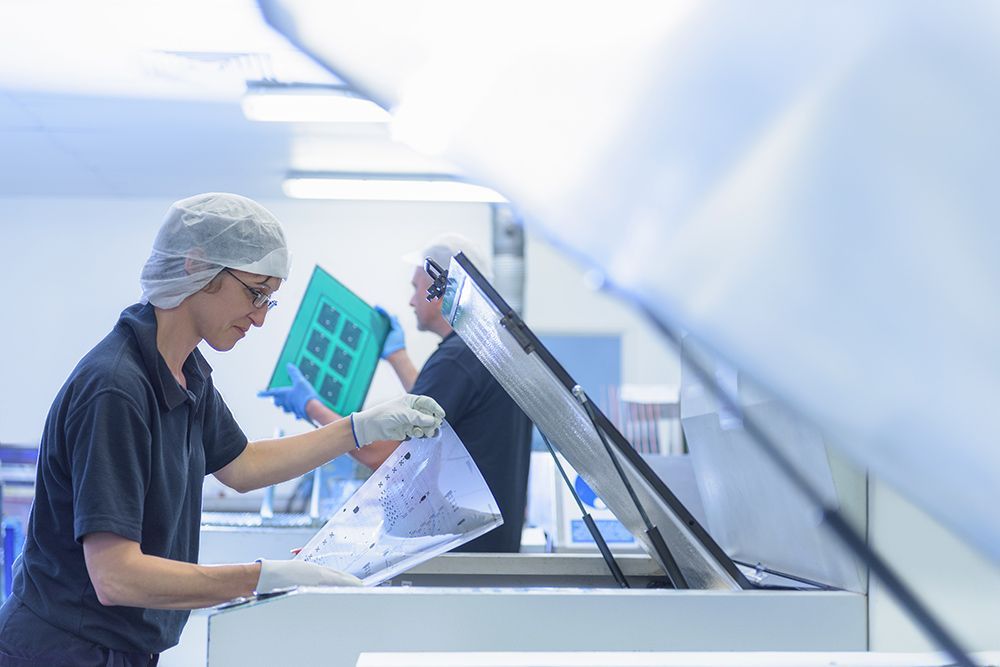SMT automation in Europe: Ensuring competitiveness


Europe as a business location & competitiveness
Europe faces particular challenges: high energy costs, more variable production volumes than in Asia, and a growing shortage of skilled workers. Alfred Pammer knows these conditions firsthand.
In this interview, he explains why automation in high-wage countries is no longer a nice-to-have, but a necessity – in order to reduce costs, compensate for staff shortages, and ensure the long-term competitiveness of European manufacturing. CTS relies on smart warehouse and AMR solutions that can be introduced step by step, creating a stable foundation for sustainable scaling.
In Europe, production lines are often smaller and production volumes more variable than in Asia. What technical differences does a European production line need in order to run profitably?
The general conditions vary around the world, but the challenges are similar: lack of space, high demands on stability, safety, and availability. “The big difference is in the costs,” explains Pammer. “In Europe, it is primarily the high energy costs that burden manufacturers. In the US, on the other hand, high turnover and a shortage of well-trained employees are causing problems.”
In Europe, demographic change is also a factor – and with it, an increasing shortage of skilled workers. CTS addresses these issues with smart warehouse and AMR solutions. “Our systems relieve the operator of storage and picking tasks, as well as search and transport routes. This allows personnel bottlenecks to be compensated for and production to remain flexible, even when orders vary.”
Another advantage for European companies is energy efficiency. “Our systems are designed not only to increase productivity, but also to reduce energy consumption. In this way, we help to ensure the competitiveness of our customers despite location disadvantages.”
What role does automation play in a high-wage country—is it cost reduction or rather risk minimization against a shortage of skilled workers?
In high-wage countries, automation always has two sides. “Clearly both,” says Pammer. "On the one hand, it's about reducing costs—our smart warehouse and AMR solutions relieve the operator of warehousing and picking tasks, as well as searching and transport routes. On the other hand, it's about the shortage of skilled workers: well-trained employees should be able to concentrate on the line instead of moving materials around the hall."
This means that automation in high-wage countries is not an end in itself, but a necessity: it reduces costs, compensates for staff shortages, and actively contributes to competitiveness.
In practice, do you see that customers today tend to prefer “step-by-step” solutions (e.g., starting with a smart warehouse) rather than going straight to full automation?
Full automation sounds like the ultimate goal, but in practice it is often wiser to take a step-by-step approach. “Based on our experience, we always advise our customers to implement automation step by step,” explains Pammer. “We divide the process into two main tasks: material transport and material storage.”
The approach begins with a clearly defined pilot project. “It makes no sense to automate everything at once. It is better to develop a pilot use case in which the use of automation is tested and optimized.” Within this framework, the digital material flow is also determined and communication between the different software systems is defined.
The result: practical proof that automation creates efficiency – and at the same time a stable foundation for subsequent scaling.



